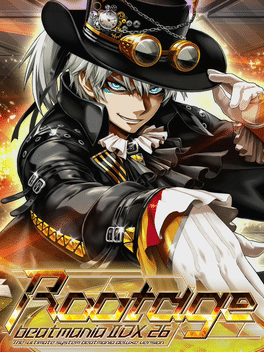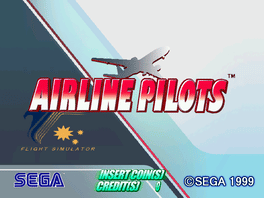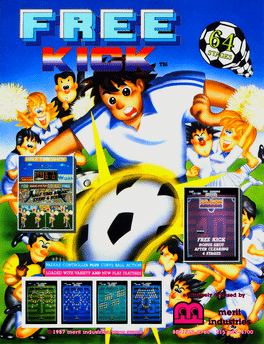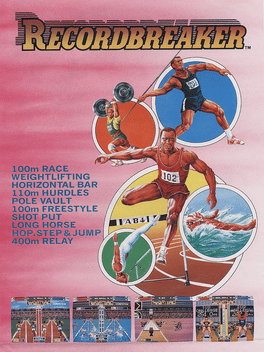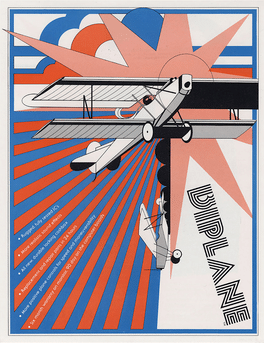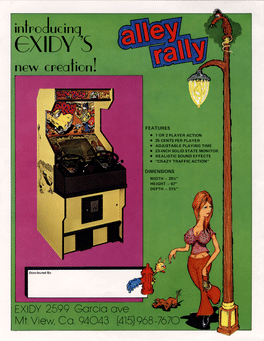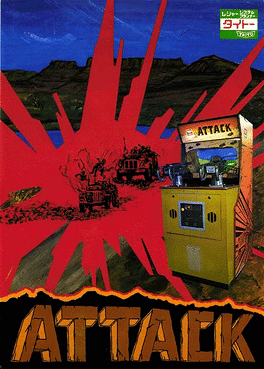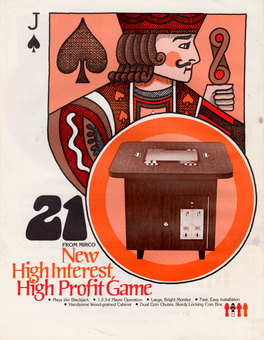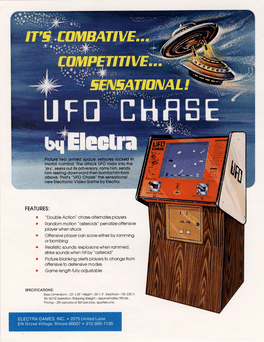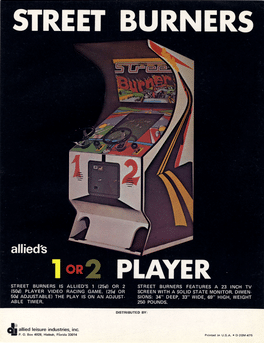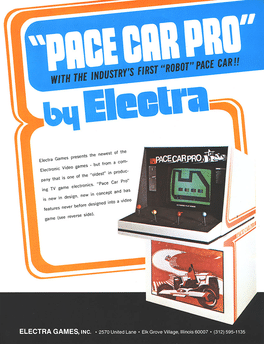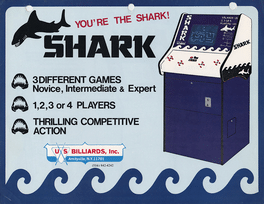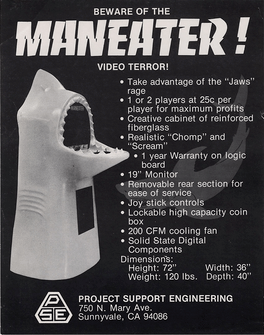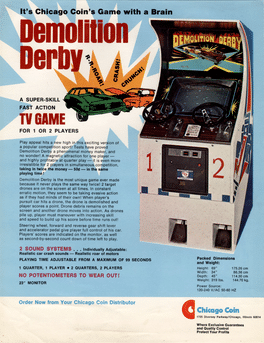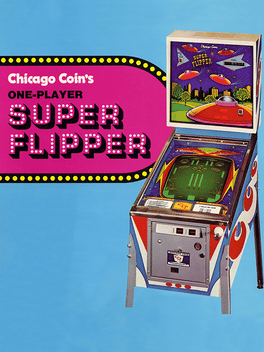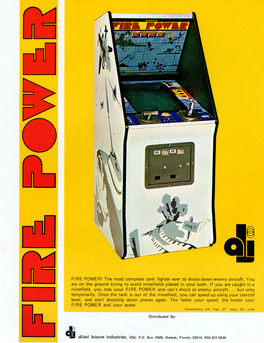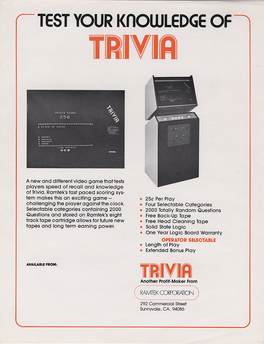Most Popular Arcade Games - Page 66
-
Quiz Magic Academy
2003
-
Airline Pilots
1999
Airline Pilots
1999
Airline Pilots is a flight simulator released for Sega NAOMI arcade hardware in 1999. The game simulates flying a Boeing 777 aircraft, and was developed with the input of engineers and pilots from Japan Airlines. Two different cabinet models were manufactured. The default type is a typical sit down cabinet with one monitor, while the "DX type" cabinet features three side-by-side 29" monitors, which surround the player to create a "cockpit". The extreme difficulty of "Airline Pilots", combined with a lack of interest in realistic flight simulators, led Sega to manufacture a conversion kit which allowed owners to convert the units into the more popular Sega Strike Fighter. As a result, Airline Pilots cabinets are relatively rare. -
Free Kick
1987
-
Iron Fortress
1998
Iron Fortress
1998
A maze shoot em up from Eolith where you control a tank that must destroy the enemy tanks. -
Recordbreaker
1988
Recordbreaker
1988
Recordbreaker is a multi-event sports game for one or two players, where the player tries to achieve a world-record score in each of ten competitions. The events include: 100m sprint, 4x100m relay, Triple jump, Pole vault, Long horse, 100m swimming, Weightlifting, Horizontal bar, 100m hurdles and Shot put. The events can be played in any order, although losing an event results in the end of the game. -
BiPlane
1975
-
Alley Rally
1976
-
Attack
1976
-
21
1976
21
1976
A blackjack game. The goal is to get closest to 21 without going over. If your score is higher than the dealer or he busts, then you win. To hit a blackjack, you must score 21 in 2 cards. -
UFO Chase
1975
-
Street Burners
1975
-
Pace Car Pro
1975
Pace Car Pro
1975
A four-player, high-speed car racing game where each person uses a joystick to control the speed, direction and brakes of his or her car.One of the first games to use a color monitor, an actual color TV set. -
Shark
1975
-
Maneater
1975
-
Pursuit
1975
-
Demolition Derby
1976
Demolition Derby
1976
A black and white driving game where each player controls a pursuit car that tries to demolish drone cars to score points. Challenging and fast-moving super skill play, and never plays the same twice! Two target drones are always on the screen, darting around in competive evasive action as though they are controlled independantly. When a player has his or her car hit a drone, the drone is demolished and a point is scored. Drone wreckage remains on the screen and another comes into action. As drones pile up, each player must maneuver with increased speed and skill to increase his or her score before time is up. (Destruction Derby was the Exidy release from 1975, it was later licensed to and released by Chicago Coin as Demolition Derby in 1976) -
Super Flipper
1975
Super Flipper
1975
Super Flipper is a pinball game that is more of a mix between Pong and Breakout. Using flipper buttons, which move side to side and further depending on how hard you press, you keep the ball in play to score as many points as possible. Originally made in Italy where it was known as UFO before being distributed by Chicago Coin as Super Flipper in the USA. -
Fire Power
1975
Fire Power
1975
Fire Power was produced by Allied Leisure Industries in 1975. A land versus air combat game where the player controls a tank that must shoot down enemy aircraft while avoding minefields on the ground. -
Trivia
1975
Trivia
1975
Released in November 1975, Trivia was the first trivia game in arcades. The 2000 trivia questions were stored on a 8-track tape cartridge.
